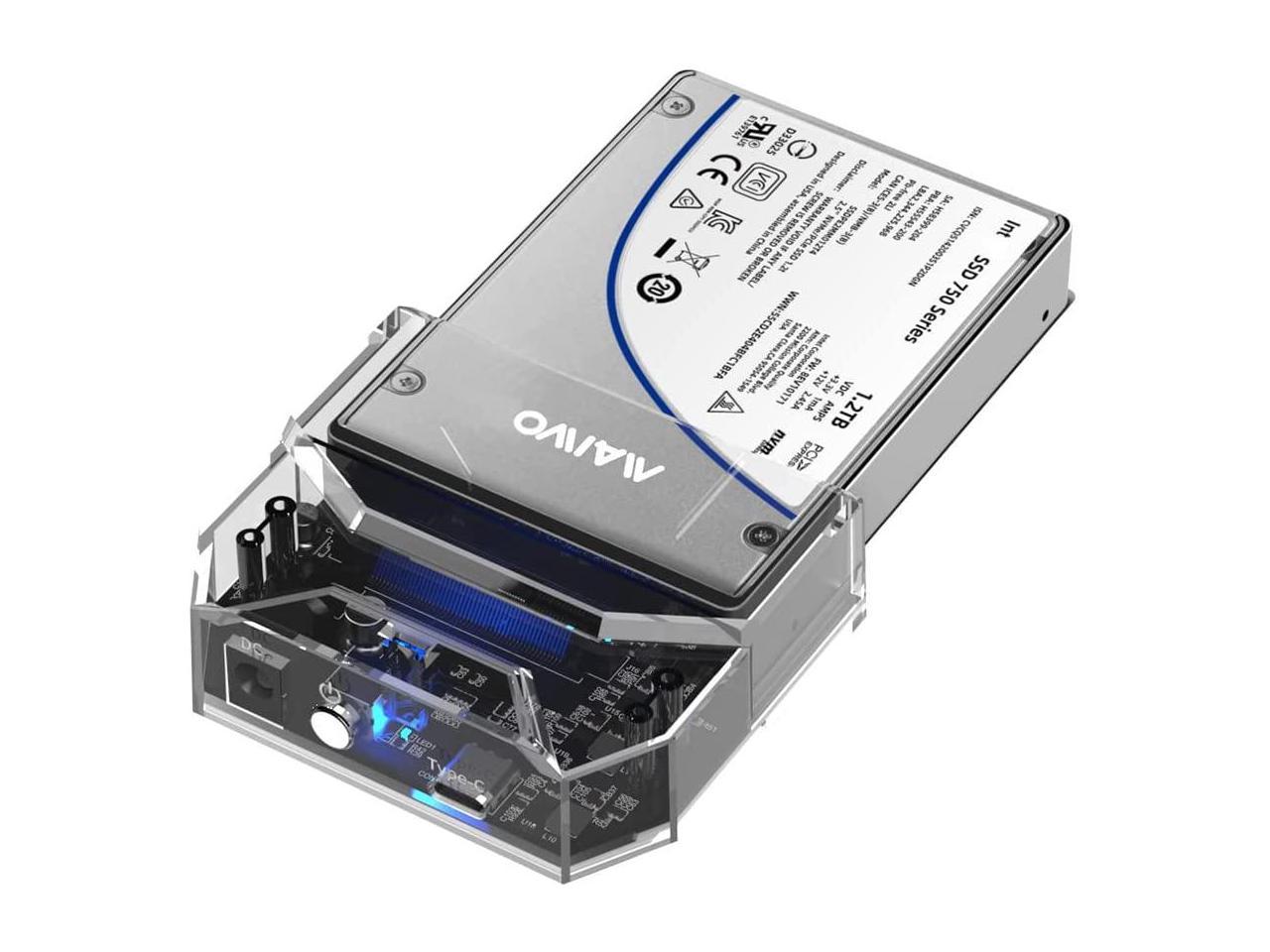When it comes to storing and accessing data, a hard drive enclosure plays a crucial role. Whether you are a tech enthusiast or an everyday computer user, understanding the purpose and benefits of a hard drive enclosure is important. This article explains the various aspects of hard drive enclosures, their significance, and how they contribute to the efficiency and security of your data storage solutions.

A hard drive enclosure, also known as an HDD enclosure or an external hard drive enclosure, is a device that provides a protective casing to house and connect internal hard drives externally. It allows you to easily use an internal hard drive as an external one, facilitating data transfer, backup, and mobility.
2.1 Protection and Durability
One of the main reasons to use a hard drive enclosure is protection. By securely placing your hard drive inside an enclosure, you shield it from potential physical damage caused by dust, moisture, or accidental drops. External hard drive enclosures often come with shock-absorbing features, ensuring the safety of your valuable data.
2.2 Flexibility and Portability
Hard drive enclosures offer the convenience of portability. Whether you need to transport large files, work on multiple computers, or take your data with you on the go, an external enclosure ensures easy access. Simply disconnect your hard drive from one computer and connect it to another without compromising data integrity.
2.3 Data Organization
Another advantage of using a hard drive enclosure is efficient data organization. Instead of filling up your computer's internal hard drive, which can slow down performance, you can store files, documents, media, and backups on separate external hard drives, keeping your system clutter-free and optimizing its speed.
3.1 IDE Enclosures
IDE (Integrated Drive Electronics) enclosures were popular in the past and are compatible with older hard drives. They offer a reliable external storage solution for those still using IDE drives or looking to retrieve data from them.
3.2 SATA Enclosures
SATA (Serial Advanced Technology Attachment) enclosures are the most widely used today. SATA enclosures provide faster data transfer speeds, compatibility with modern hard drives, and are relatively affordable. They are suitable for both personal and professional use.
3.3 RAID Enclosures
RAID (Redundant Array of Independent Disks) enclosures are designed for users who require enhanced data protection and performance. RAID enclosures allow you to combine multiple hard drives into a single logical unit, providing redundancy, performance optimization, or a combination of both.
4.1 Compatibility
Before purchasing a hard drive enclosure, check the compatibility with your hard drive's interface (IDE, SATA) as well as the size (2.5-inch or 3.5-inch) to ensure a proper fit.
4.2 Connectivity Options
Consider the connectivity options available. USB enclosures are the most common, while alternatives like Thunderbolt or eSATA offer faster transfer speeds if your computer supports them.
4.3 External Features
Look for additional features such as cooling fans, built-in security features, and power-saving options depending on your specific needs and preferences.
A hard drive enclosure is more than just a protective shell for your hard drive. It offers durability, easy accessibility, and efficient organization of your data. By investing in a high-quality hard drive enclosure, you can safeguard your valuable information, eliminate clutter, and have the flexibility to access your data whenever and wherever you need it.